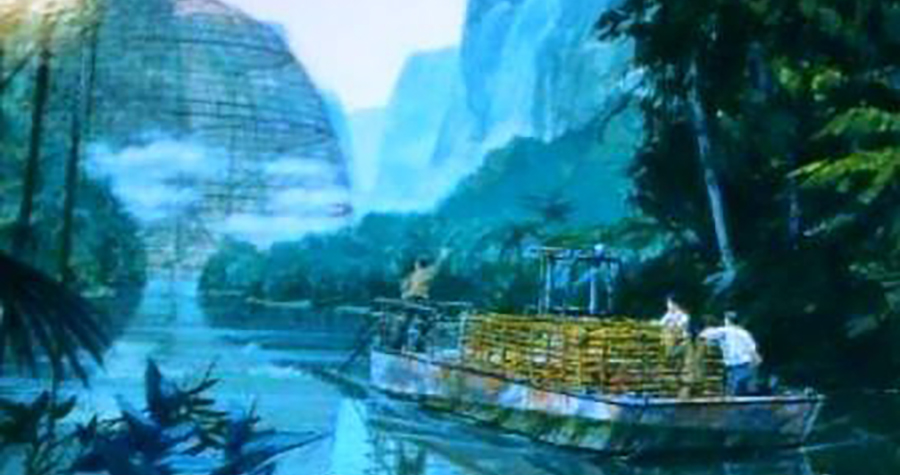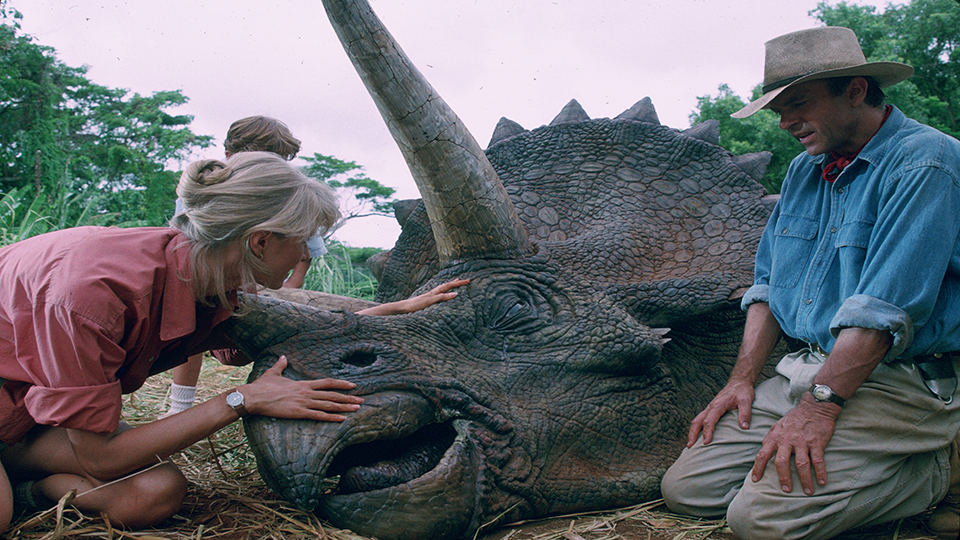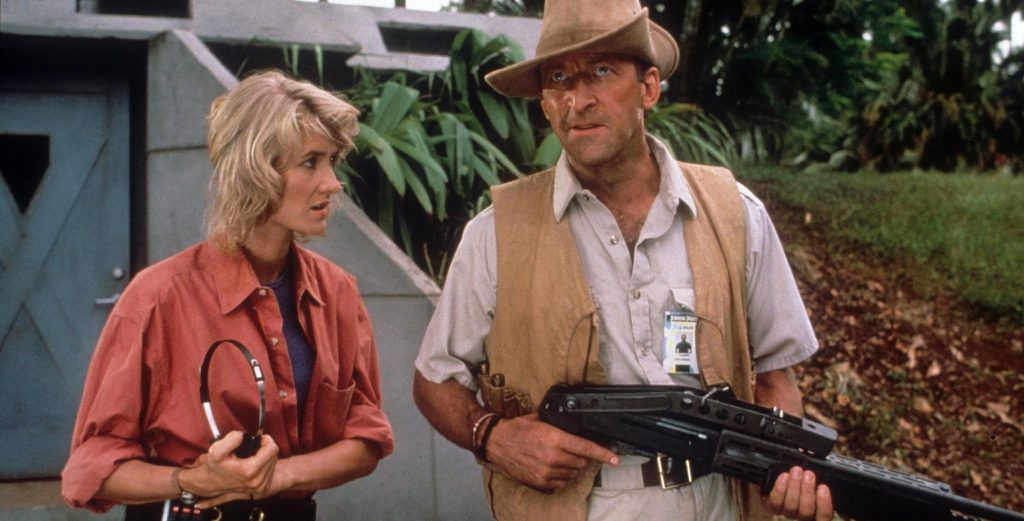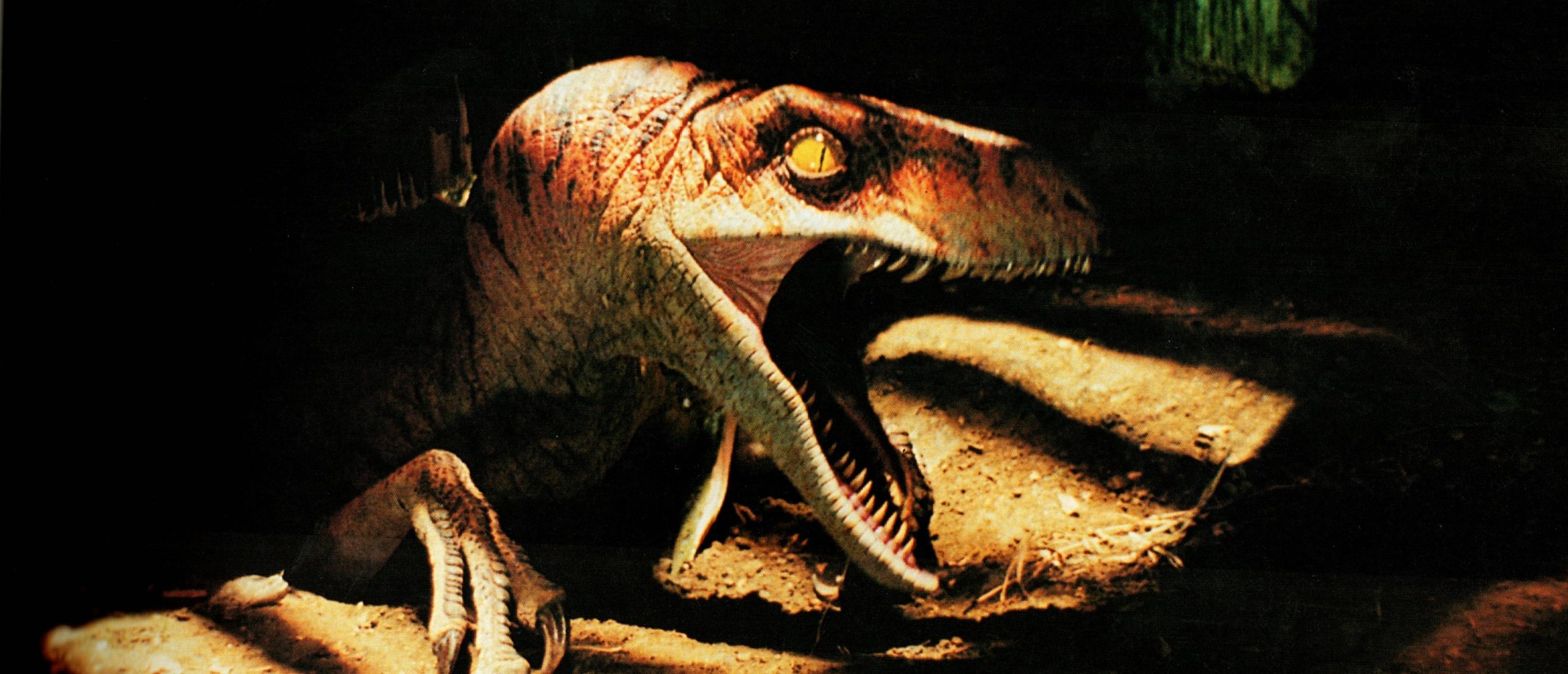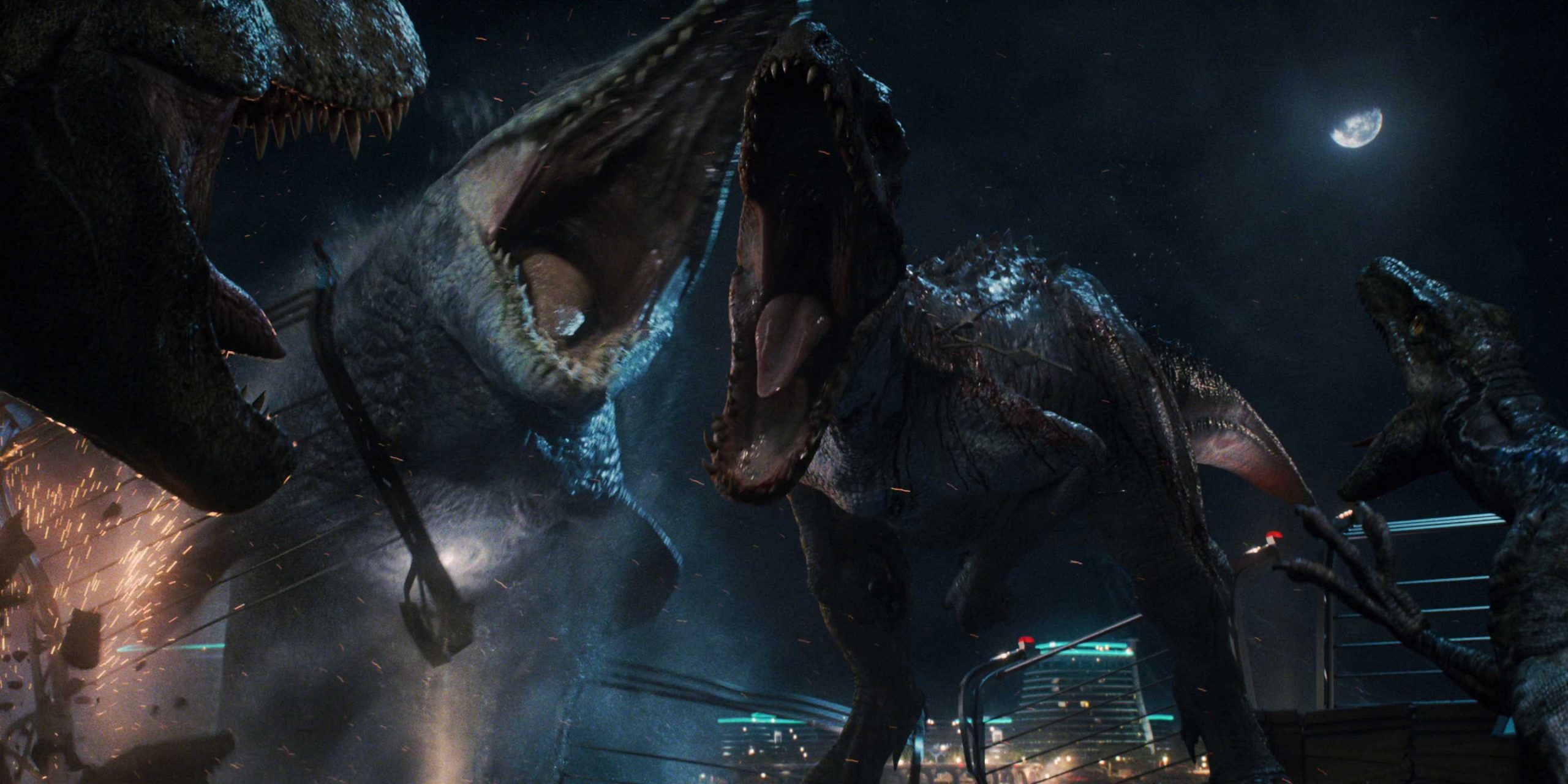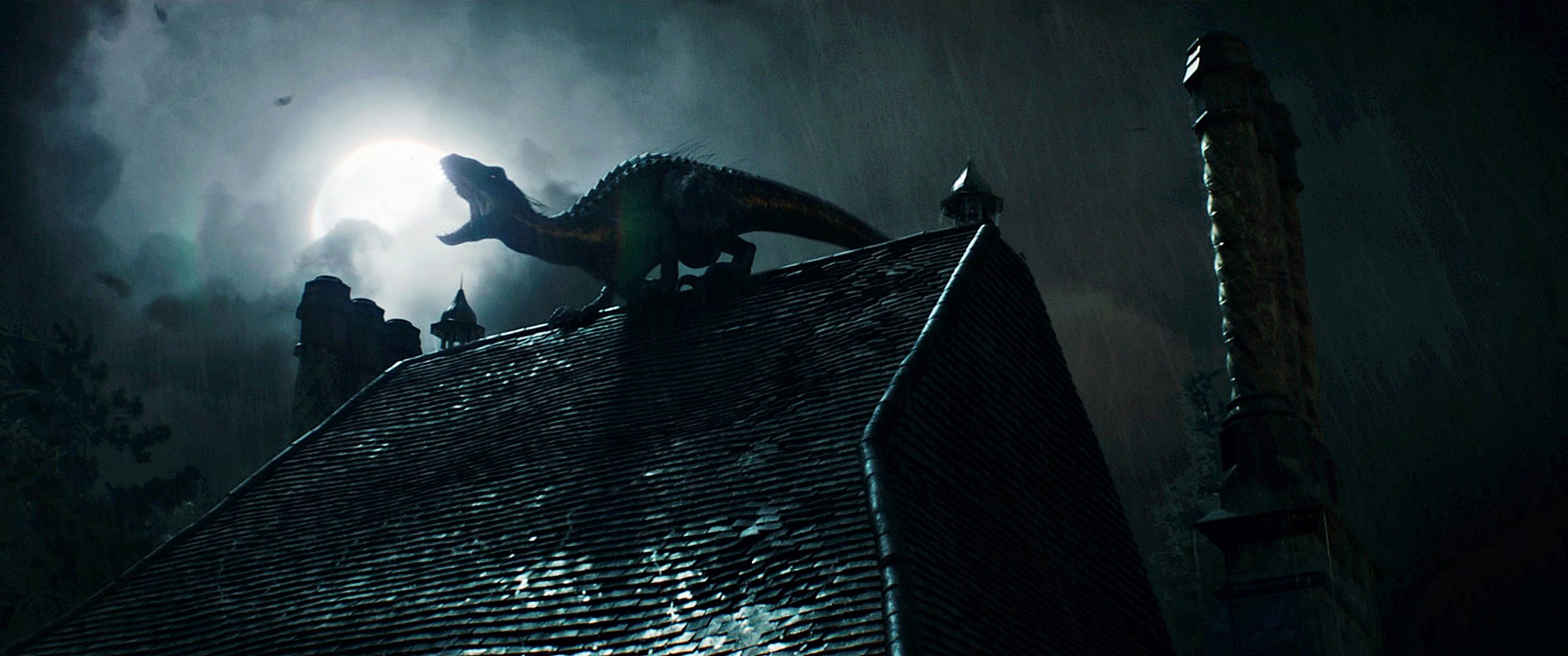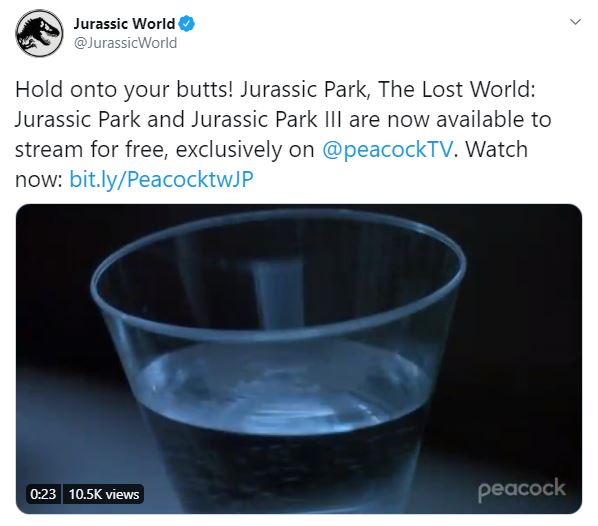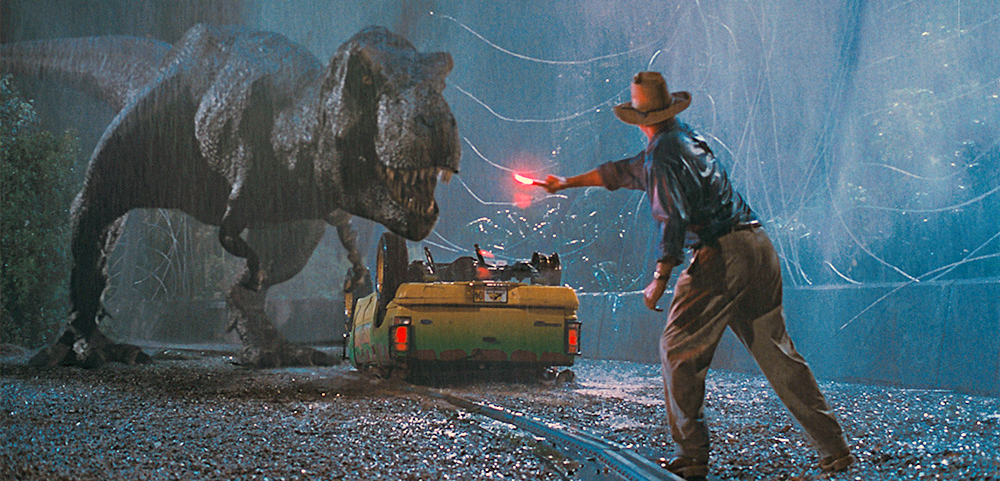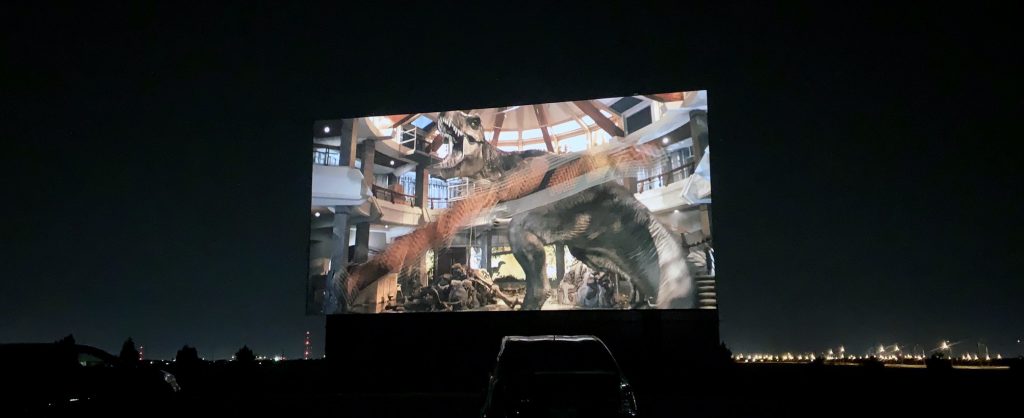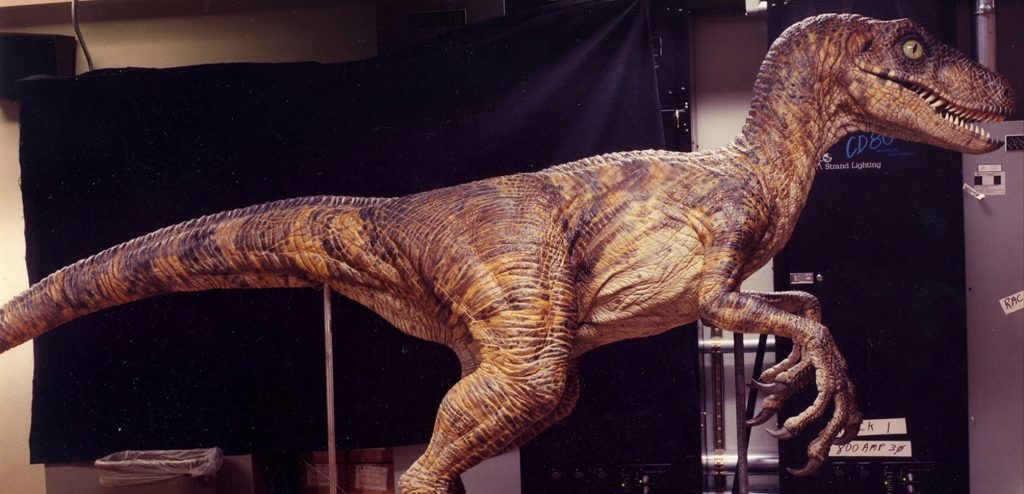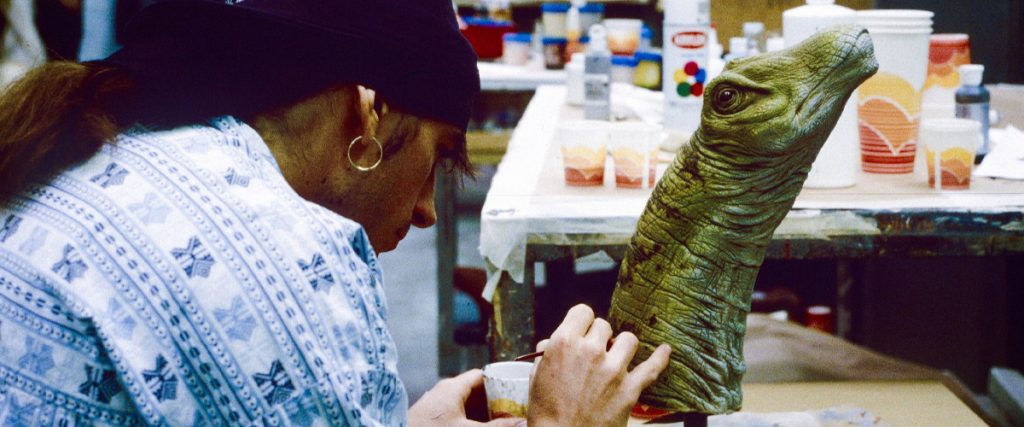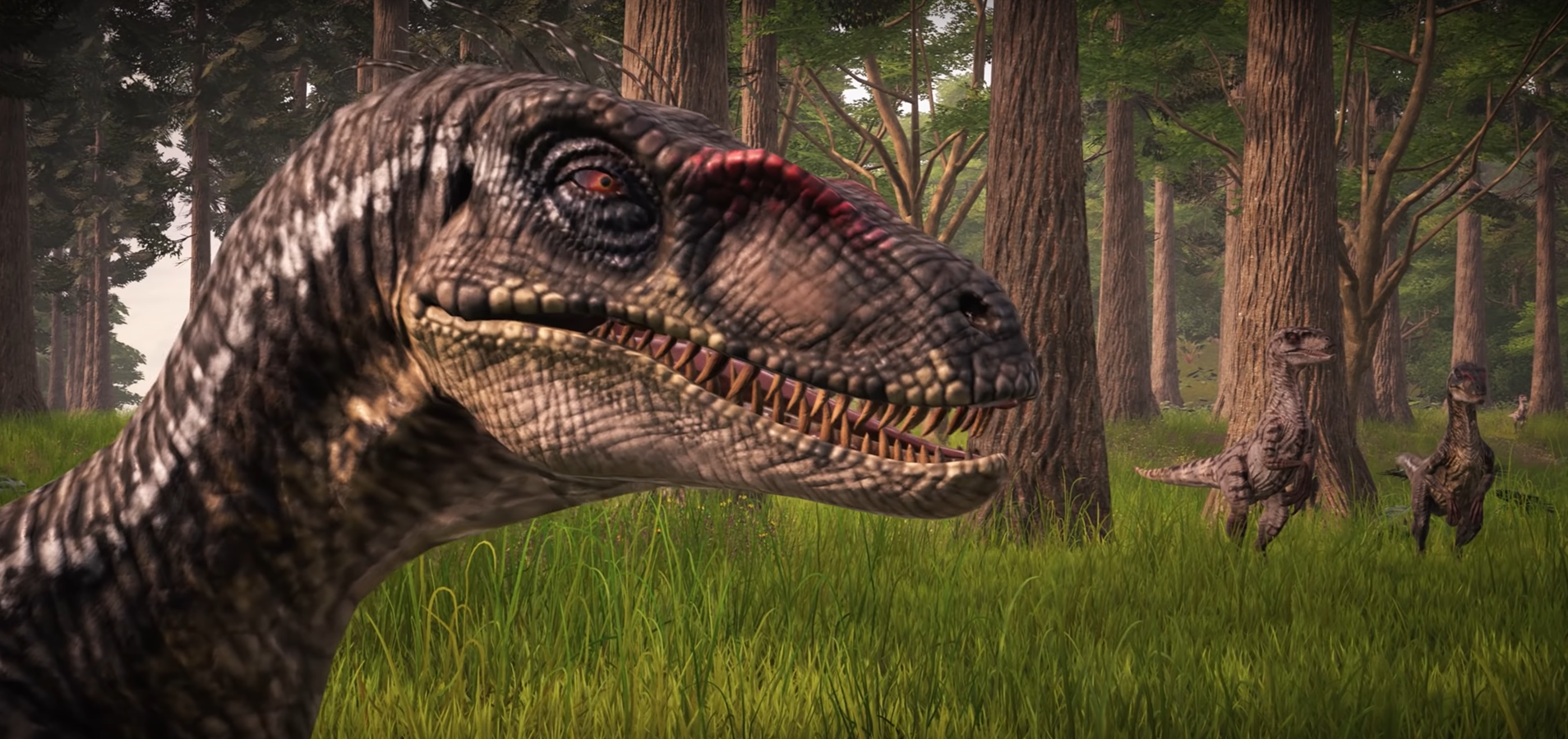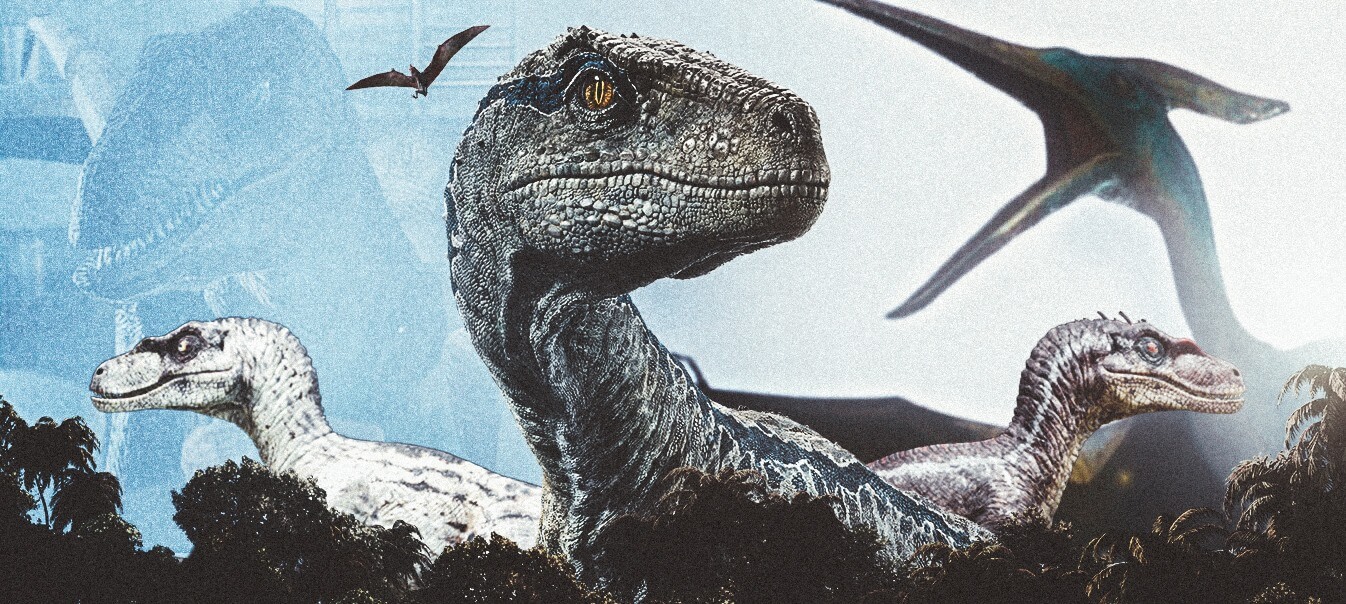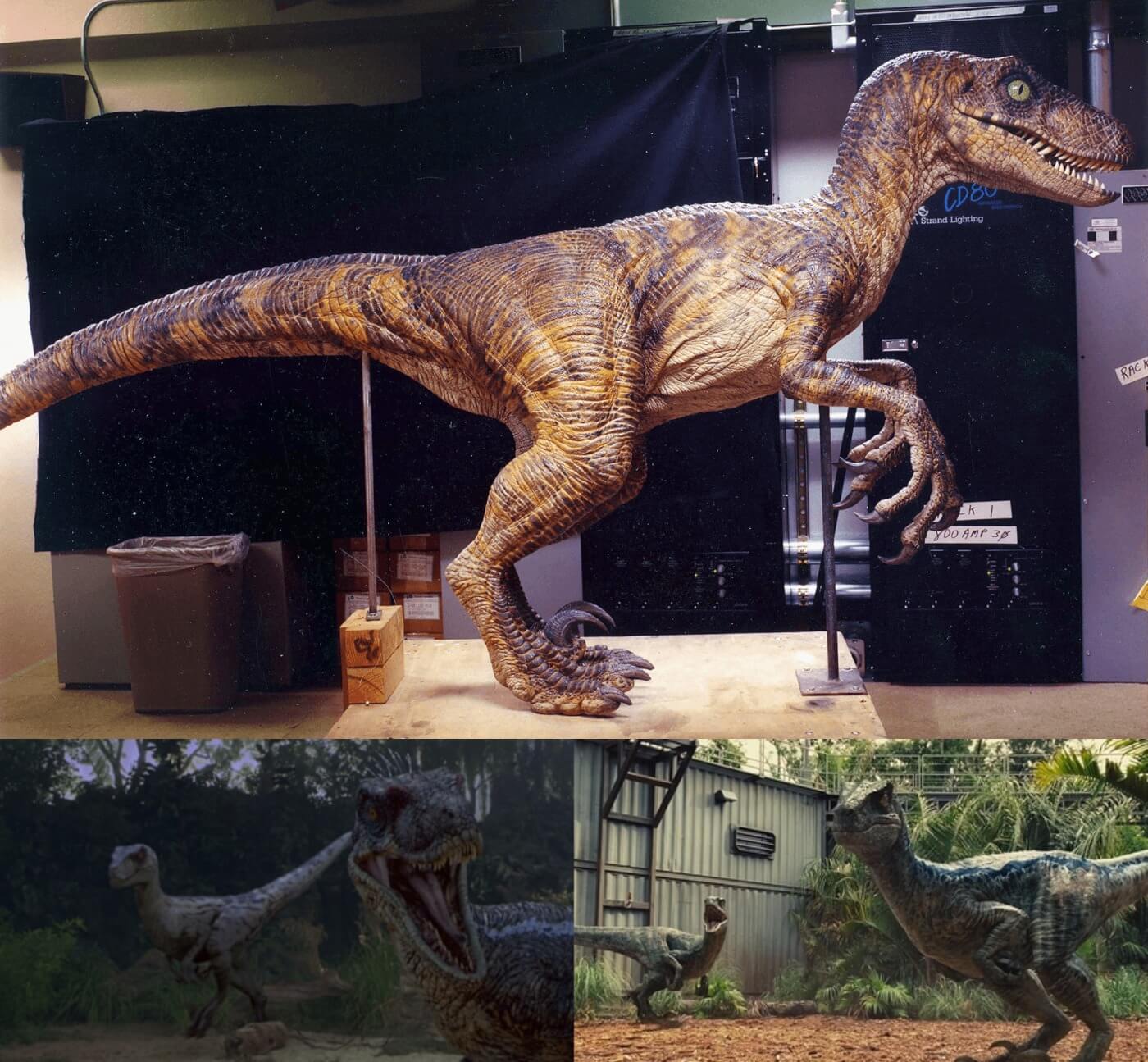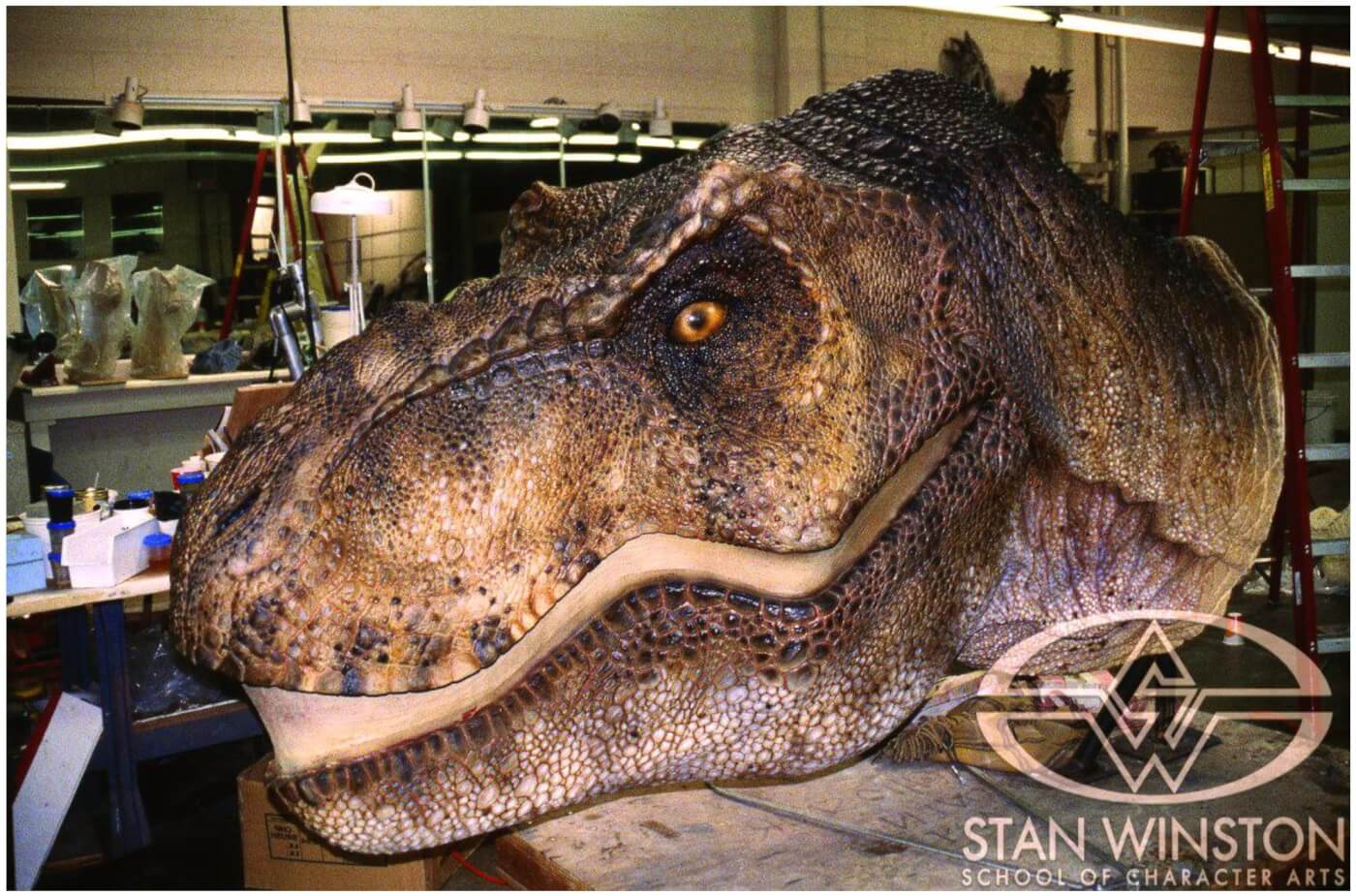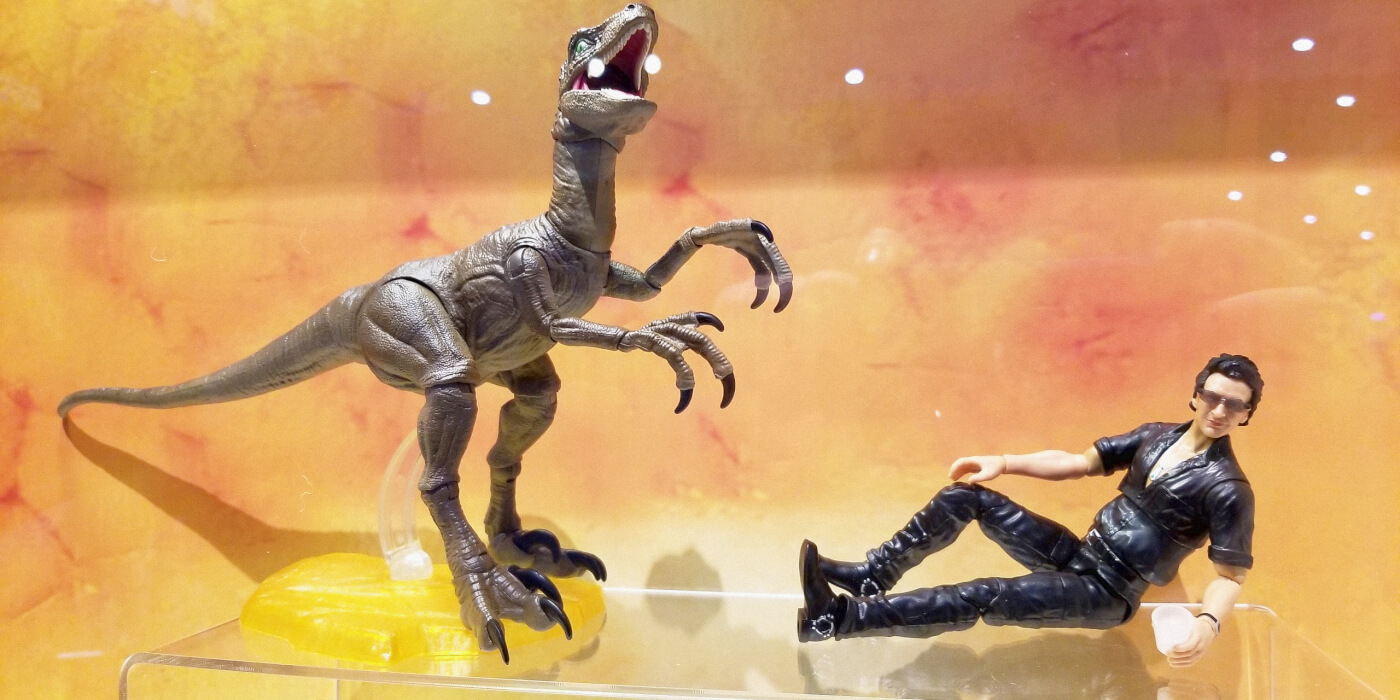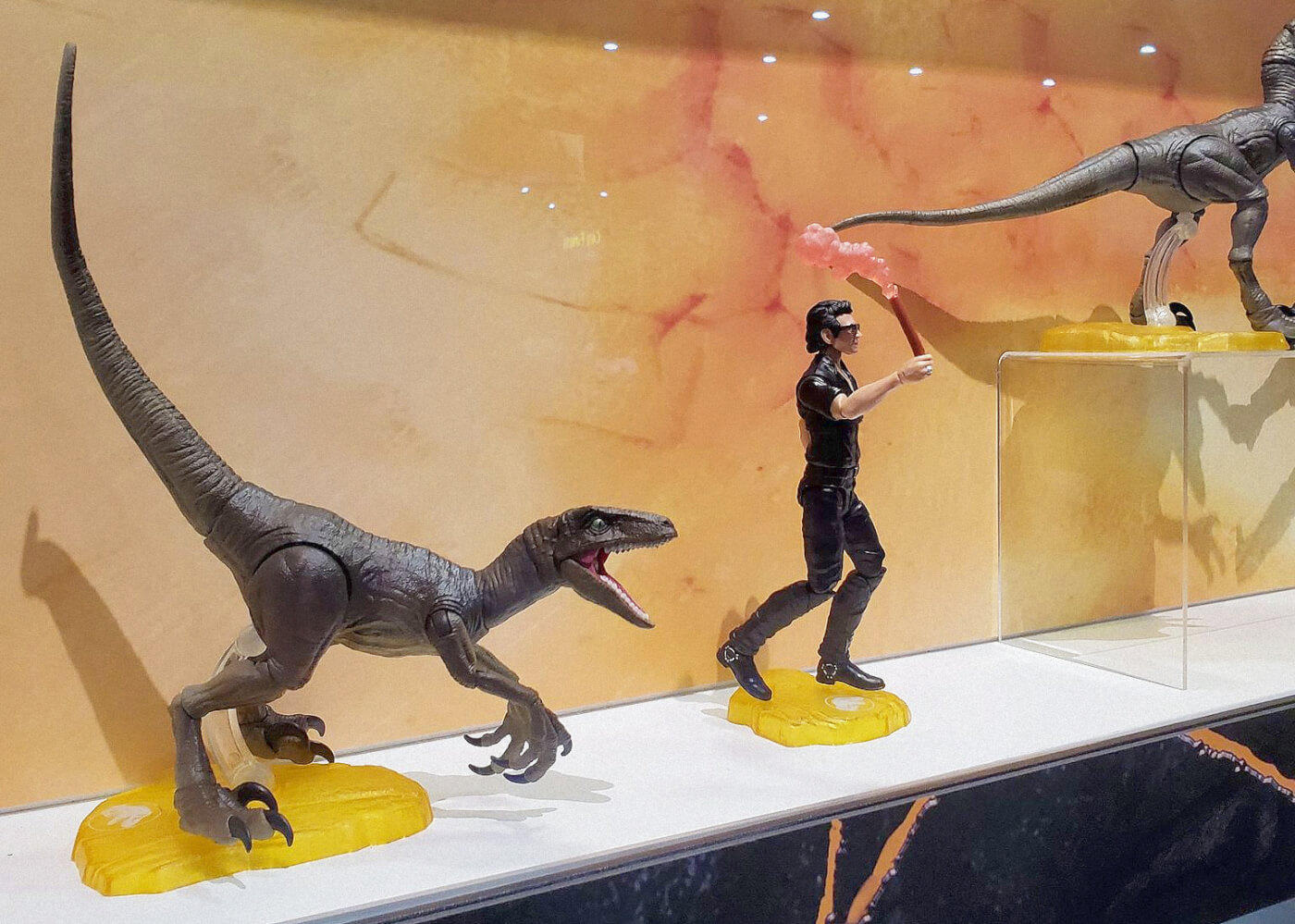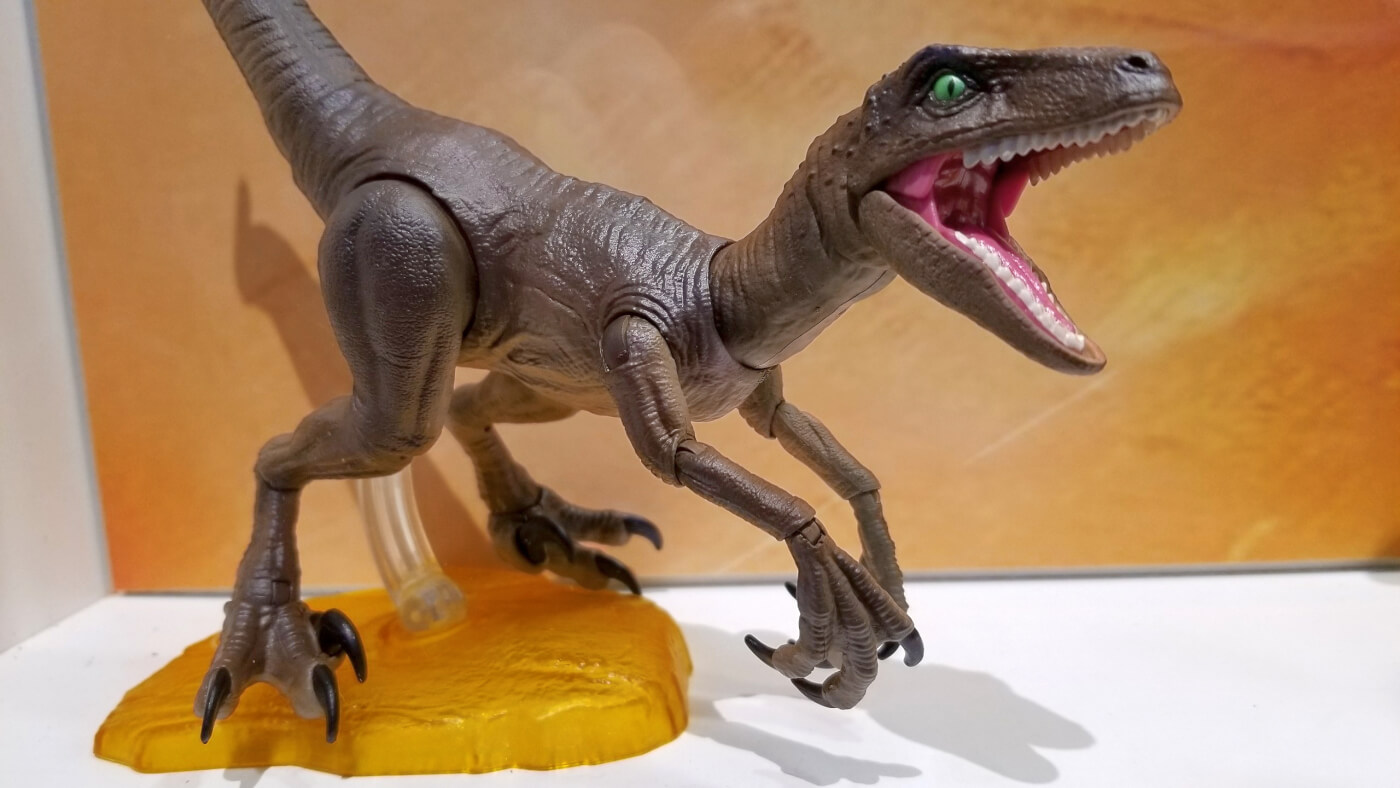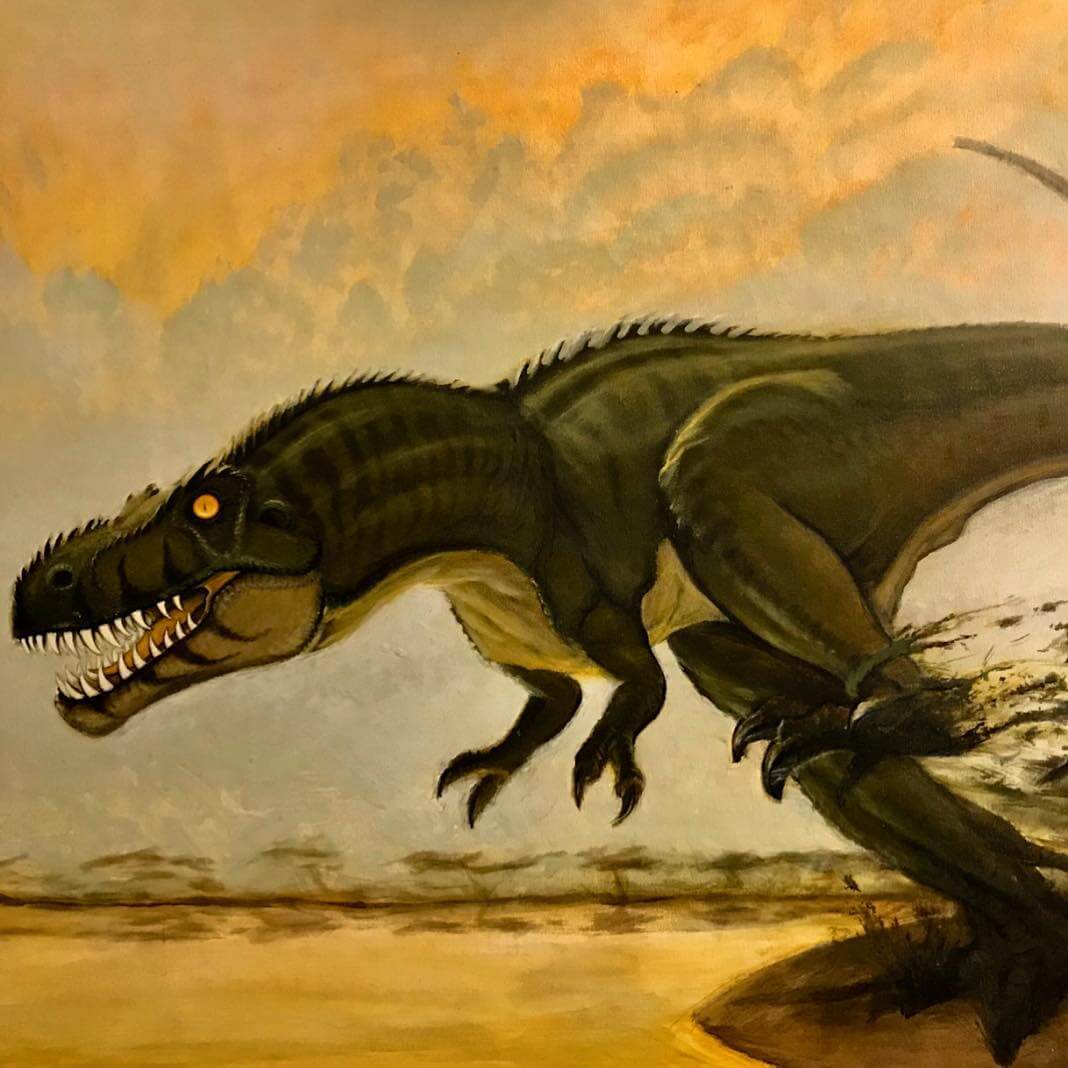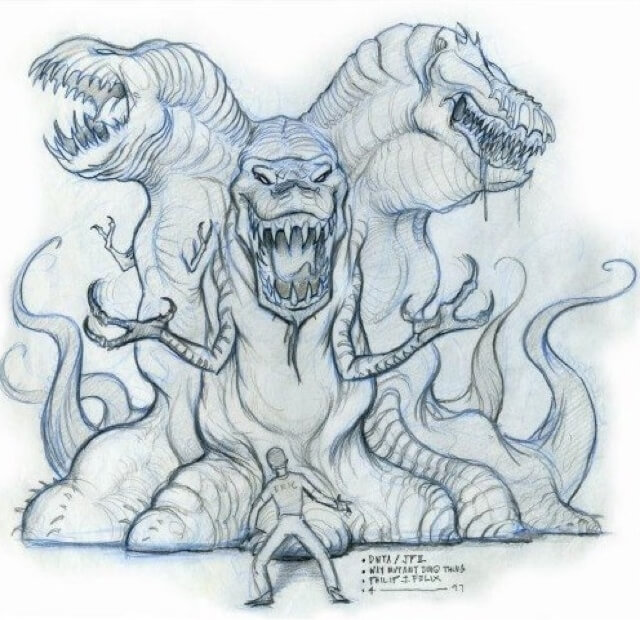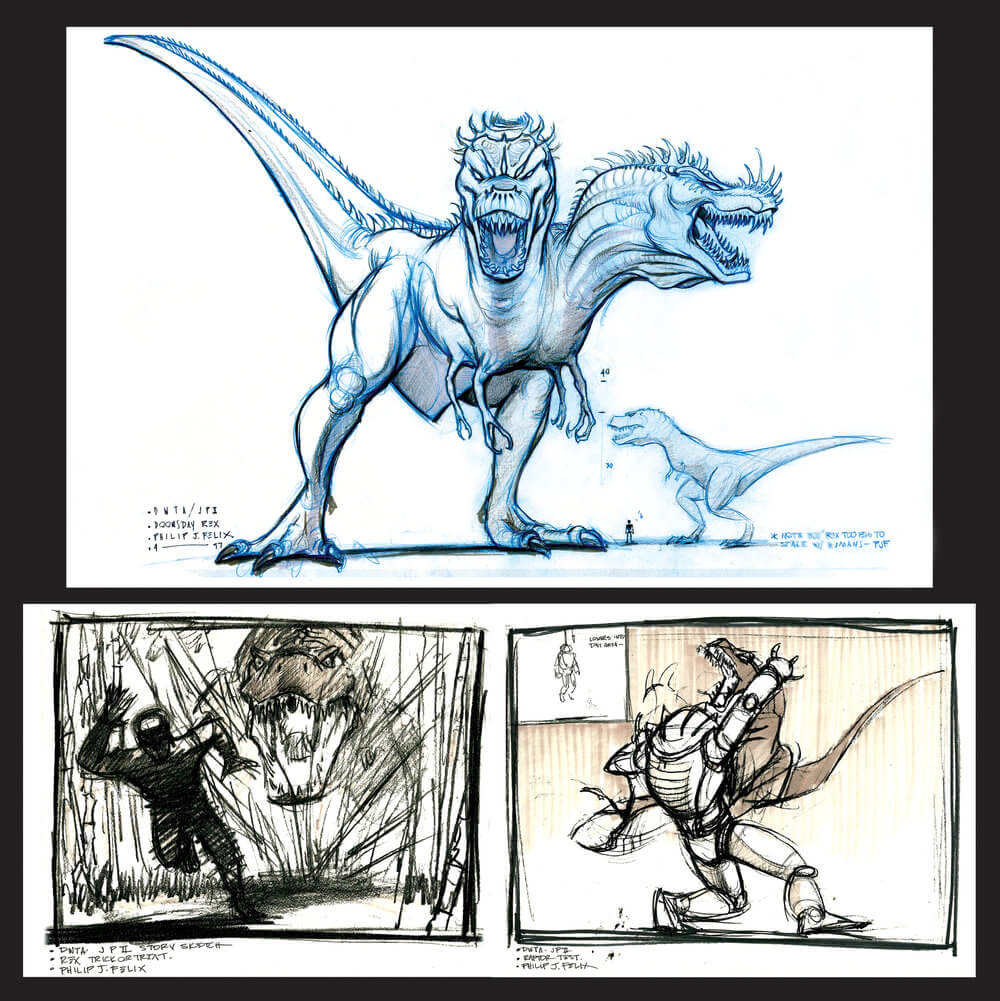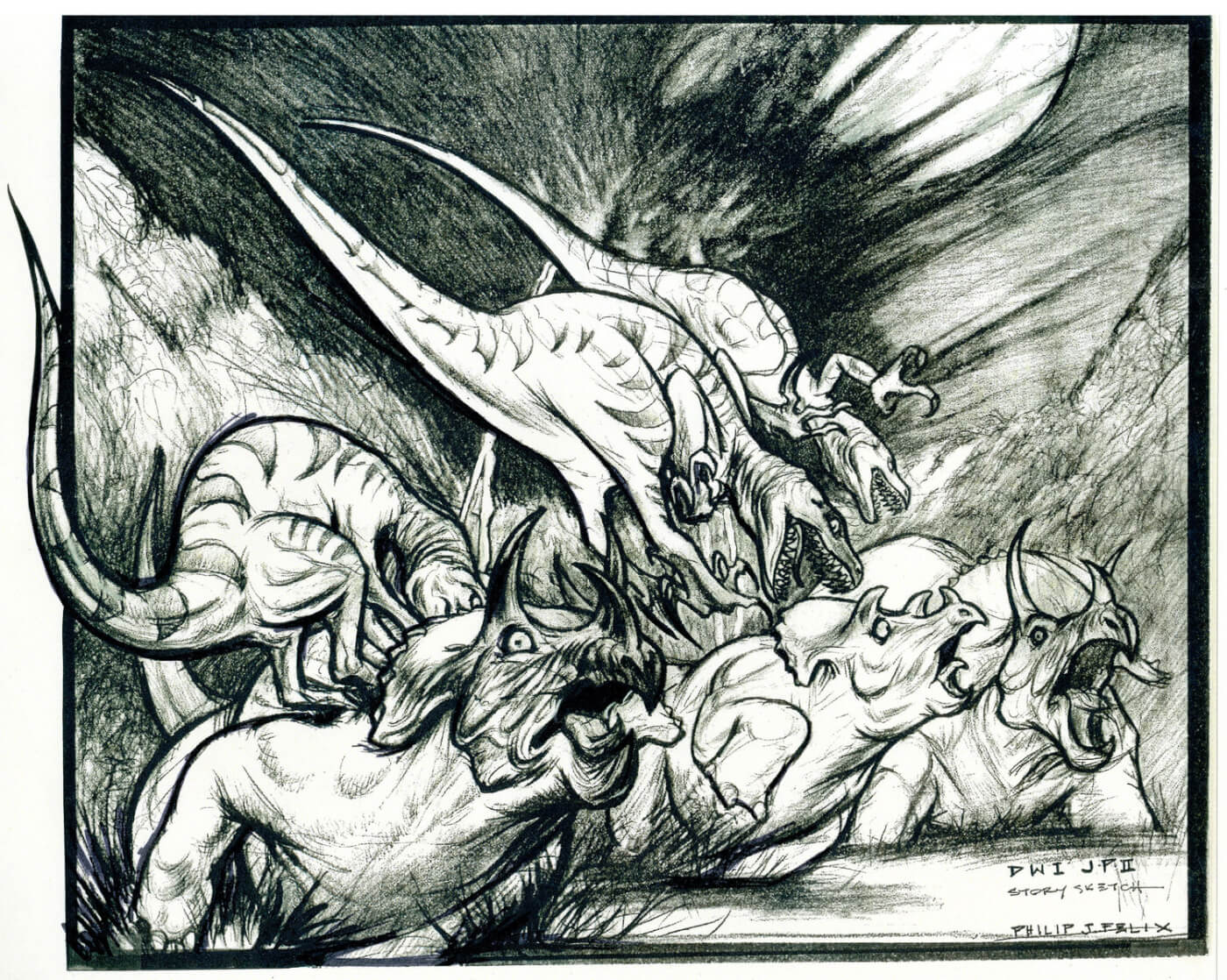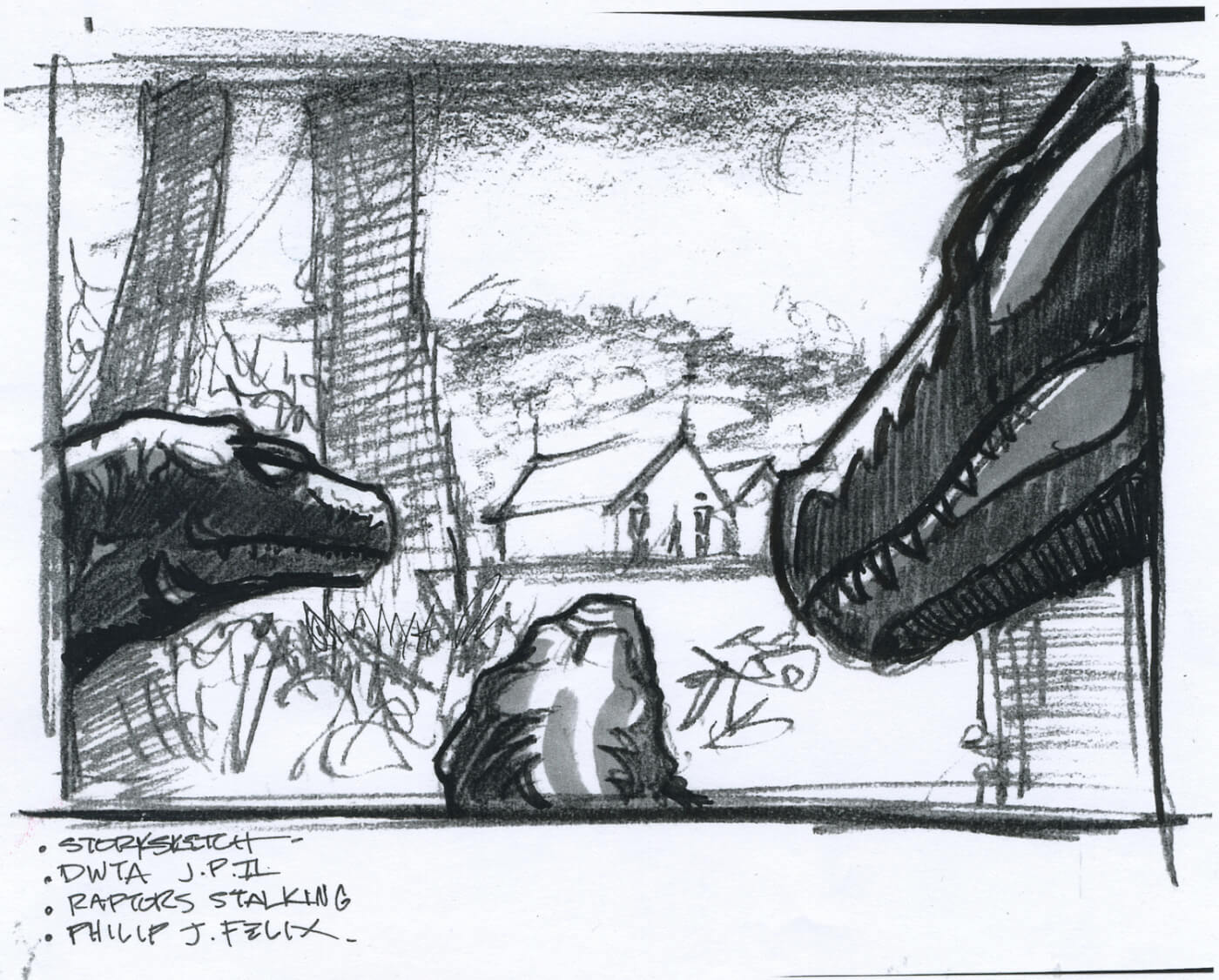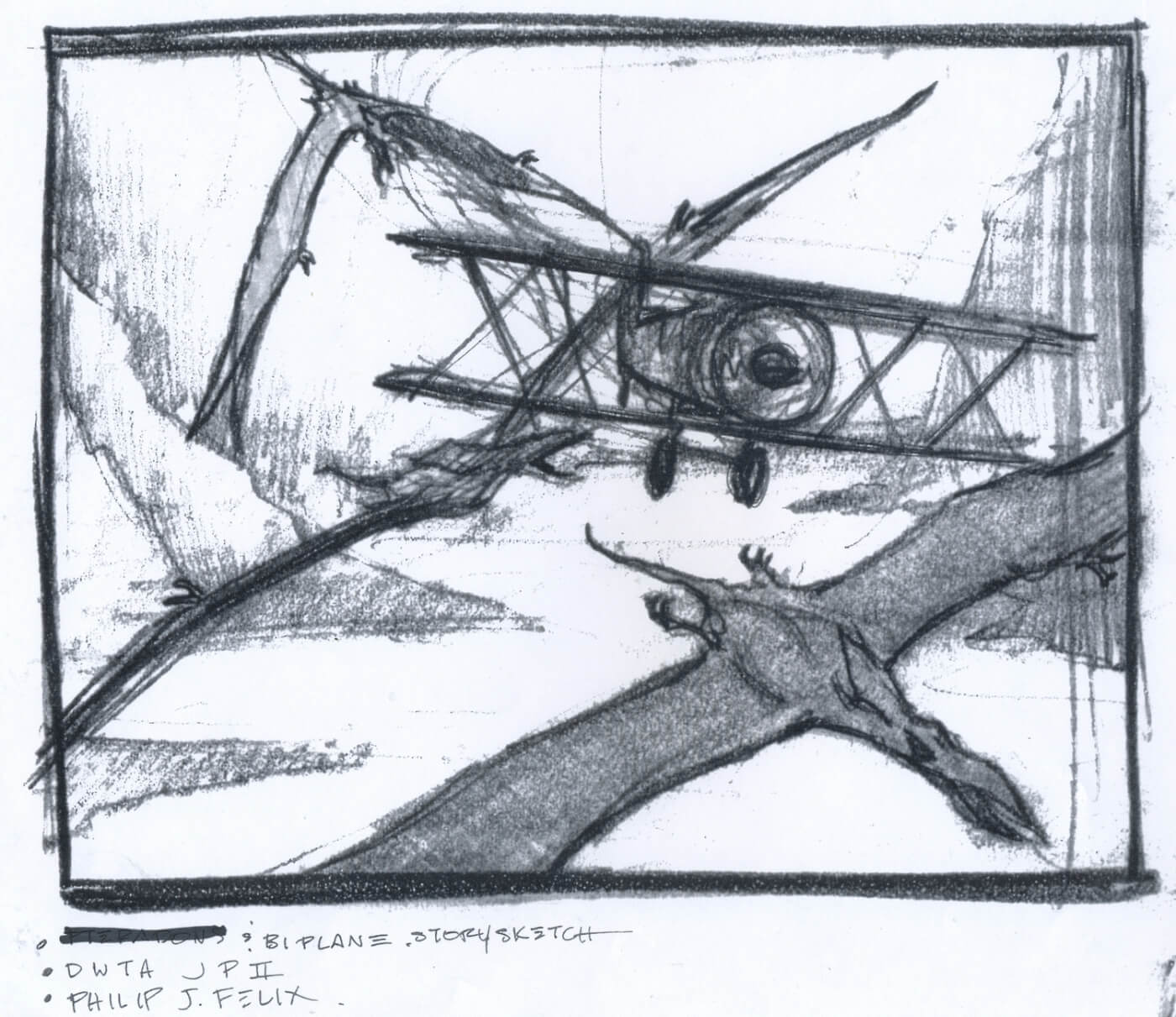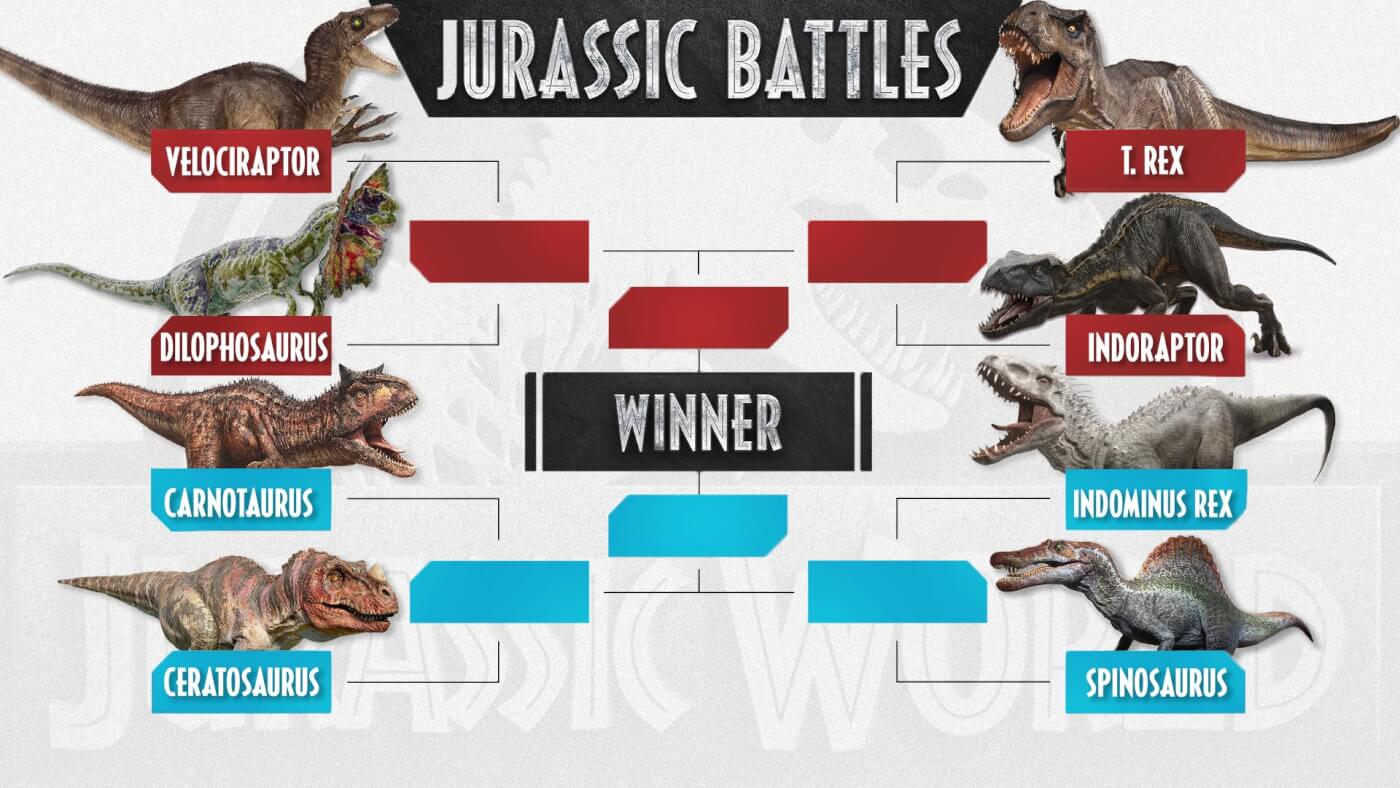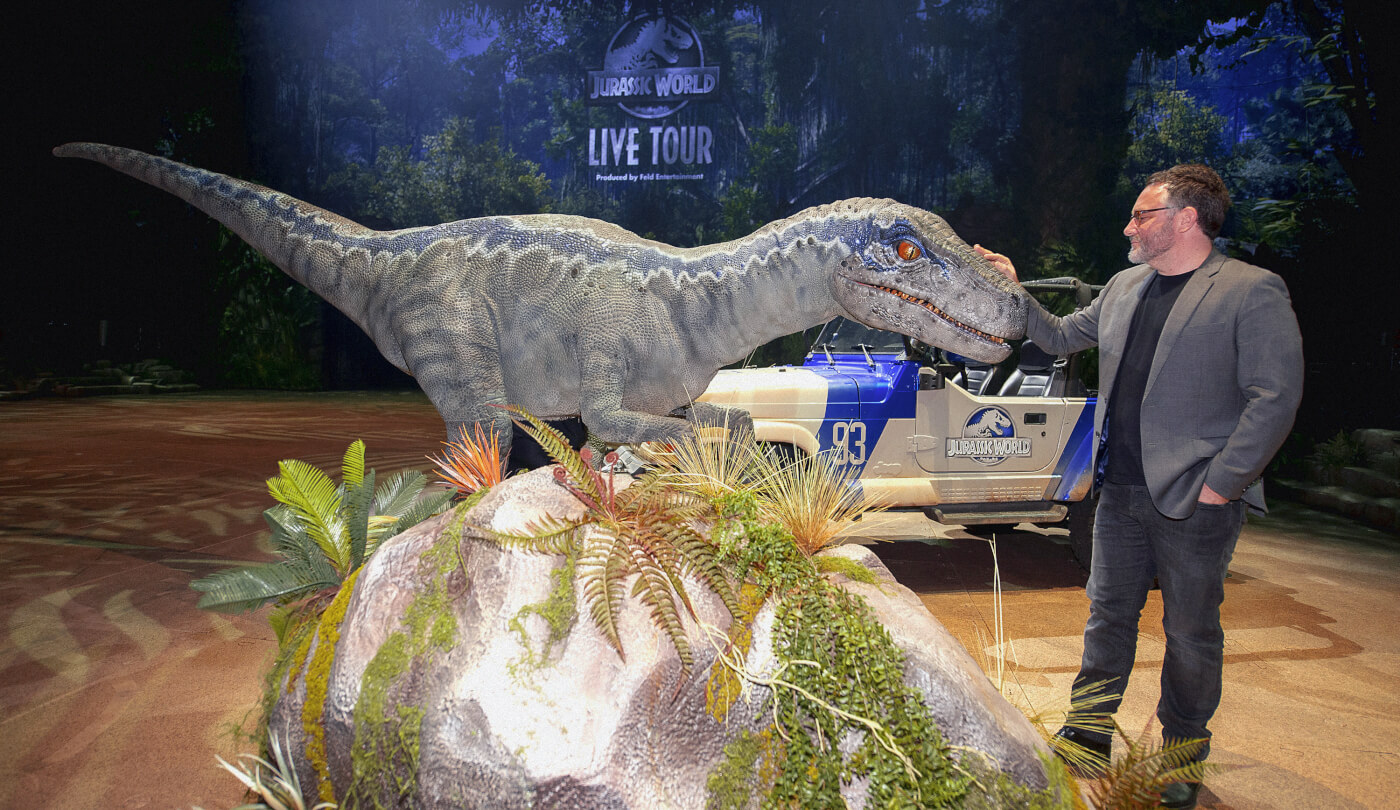
This article is a guest contribution by Thomas Fishenden.
When it comes to the Jurassic Park franchise, it is safe to say that there has been a lot of world building over the duration of the five installments which Universal Studios have produced. It is certainly safe to say that a lot has been added to the franchise over the years. The films have added new locations and new animals and characters, whilst the secondary materials – such as the viral marketing – have aimed to add in more continuity between the sequel installments. Canon, however, has not always been maintained – and there have always been issues which have plagued the Jurassic franchise and the continuity it shares between its various outings. We have seen Universal and Colin Trevorrow take steps towards addressing these issues in recent years – but unfortunately, a recent announcement during the press for Jurassic World: The Live Tour has us concerned about the future canonical consistencies within the franchise.
In the past, Colin Trevorrow has stated that he is the overseer of the franchise – and would oversee issues, such as Canon, moving forwards to ensure better continuity and cohesion across the property in the future. This had many of us excited, as it seemed to indicate that both Colin and the studio behind him were willing to take meaningful steps towards building a much more coherent cinematic universe. Indeed, it appeared that the Jurassic franchise would take a similar approach to other great franchises like Star Wars and Marvel, building outwards with meaningful connections to the very core pillars which first established the franchise. For a while, this seemed to hold true – with inconsistencies around the geography of the Isla Nublar report in both Jurassic World and Jurassic World: Fallen Kingdom openly addressed by the director, who proceeded to work with the team behind the viral marketing and surrounding canonical materials (Chaos Theorem) to build a meaningful explanation which alleviated the canon-breaking implications that the change in island geography had. Furthermore, the team working behind the scenes had the opportunity to build upon the background of the franchise – adding in new implications for the canon which alleviated some of the strained connections that the narratives of the more recent films had. It is safe to say that the Dinosaur Protection Group website, and other subsequent ventures, did a lot to build upon the canon in meaningful ways – addressing the concerns of long term fans and creating much more of a cinematic ‘universe’ than we had ever seen for the franchise before.
Whilst the Dinosaur Protection Group faded into obscurity after the cinematic debut of Fallen Kingdom, it appeared canon would continue to grow and expand within the franchise. This brings us to Jurassic World: The Live Tour. Press Events for the tour (see Chris’s coverage from an event in April of this year) got fans excited – with a clear focus on developing a story which could fit within the confines of a pre-established Jurassic World narrative. Indeed, whilst some of the live show would build upon the back of the blockbuster film, showcasing the Indominus rampage on Isla Nublar, the clear majority was stated to be a brand-new story exploring a top-secret InGen Facility in Chile. The story follows Doctor Kate Walker, who was working with dinosaurs in a similar behavioral capacity to Owen Grady, and has essentially been pitched as the other half of the IBRIS project which we see on screen within Jurassic World. This, again, is a project which has always been relatively secretive on-screen, so fans were excited to be able to learn even more about this new piece of lore which was sure to build upon the fundamental ideals explored within the first Jurassic World film. Anticipation was high – and this was only exasperated further by the debut of Battle at Big Rock, which explored more new characters within the same universe, after the events of Fallen Kingdom.
Unfortunately, however, it seems that the story continuity will not last.
Fast forward to the start of November, when the Live Tour is kicking off with its worldwide premiere. Colin was interviewed by the Social Media team working on behalf of Feld Entertainment., and in an Instagram story on the official tour account, Colin was asked where the events of the show fit within the timeline of Jurassic World. His response was as follows:
“We have something we call soft canon – which is that it happens, but it also exists within its own space. You know, Feld’s writers and creators made a new and original story which exists within the context of Jurassic World and I think people are really going to love it.”
This statement is great when we consider how passionate Colin is for the franchise, and it is nice to see how excited he is about the live show – but it also poses a very real problem for the franchise moving forwards. That statement of ‘soft-canon’, and the careful phrasing of this show ‘existing within the context of Jurassic World’, has set alarm bells ringing for many fans – suggesting that the show may not be a meaningful fit within the pre-determined canon of the franchise, as was previously implied. Soft-canon itself is an alarming phrase, considering its what ‘Jurassic World Evolution’ is described as — something that is not canon at all, but adheres to the rules of the universal while carving out its alternate reality.

This becomes problematic as a universe which is built without canon in mind can very quickly crumble and implode if not handle with a degree of oversight and brand management. Disney know this all too well – and it is the reason why the Star Wars Expanded Universe is now referred to as ‘Legends’. Here, Disney told too many stories which conflicted with one another and posed potential problems for the canons of the franchise so they had to restart this from the ground up and discount any of their old stories as being non-canon unless reintroduced into modern films or properties. Whilst this soured many Star Wars fans, Disney could get away with this because of the sheer scale and scope of Star Wars and its fan-base, with many more pre-established stories already under the franchise’s belt. Jurassic, in contrast, is a relatively new and expanding franchise with a smaller fan base, and so the movements made to grow the brand really need to be considered and thoughtful to connect with audiences and build a meaningful and consistent fan base. Therefore, the term ‘soft canon’ being thrown out so early in the growth of the franchise has both I and many other Jurassic fans concerned about the future direction of the franchise.
It should also be noted that Star War’s non-canon ‘legends’ media only consists of expanded fiction that came out prior to The Force Awakens. Everything since then has been carefully cultivated to fit within the ever expanding galaxy, working with their brand team, writers, and directors as to not contradict the films, but add to them all while telling their own stories. Why Jurassic cannot do this, especially given their stable creative team, and smaller universe size, is a frustrating mystery.

Whilst I appreciate that it is hard to canonise a Live Tour (other properties like ‘Marvel Universe Live’ opted to tell entirely separate stories), I think straddling the line between canon and ‘soft canon’ is an attempt for Jurassic to have its cake and eat it too. Whilst it’s a humble attempt at developing upon the IP, I feel that it misses the mark and misses what fans have truly been clamoring for – which are stories which will have larger impacts on the overall franchise whilst enabling them to connect with these characters and these stories in much more meaningful ways. The attitude of utilizing ‘soft canon’ poses a worry for fans, as it brings into question upcoming properties like Camp Cretaceous, and where they will stand in terms of both canon and impact on the other properties within the franchise. Whilst there is certainly an argument for these being more children’s tailored properties, it is important to note that even in that regard a canonical middle ground is achievable. Take, for example, Star Wars: The Clone Wars. This property found a way to tell stories within a pre-existing universe whilst not damaging canon. In fact, Clone Wars could build upon the pre-established in interesting and meaningful ways – connecting with both older and younger fans alike. This was due not only to the creative vision of Dave Filoni, but also due to the creative oversight and brand consistency which Disney and the Star Wars team had in place – and something which Jurassic seems to be sorely missing at this moment in time.
For the Jurassic World Live Tour, the format itself doesn’t entirely mesh with real world antics – so we understand that the action and context that which the story plays out may not be 1:1 to canon. But there is no reasons the overarching story itself of Dr. Kate Walker, InGens facility in Chile, and the events that subsequently played out cannot be canon. A simple “The story is canon, the action within and execution of it is soft canon” would be far more understandable. It was stated numerous times that Colin Trevorrow was involved from the start to make sure the story is hard canon. So what happened?
Make no mistake – I, and many others, are excited for new stories to be explored within the Jurassic universe. Many of us have clamoured for more from this brand for years, so the fact that we are finally getting this is exciting, and is a true testament to the creative passion of individuals like Colin Trevorrow. But, with that said, oversight is important too – and it’s important that this is built into a brand with solid foundations so that these stories can continue to be told for years to come. With that in mind, an organisation like Chaos Theorem or someone else altogether really need to be empowered to get more involved in the day-to-day canon of this universe, so that we can finally have something which feels cohesive. Continuity has always been a matter of discussion for Jurassic – and in some ways, poor continuity adds to the charm of these films. But, if Jurassic is to ever grow into a franchise with the power to do more than beat back other big names at the box office, then it is crucial that canon is considered, and that the time is taken to build a rich universe for these stories to take place within.
What do you all think? Where do you stand on canon in cinema, and is it important to you that these side projects tie in? Sound of in the comments below!


